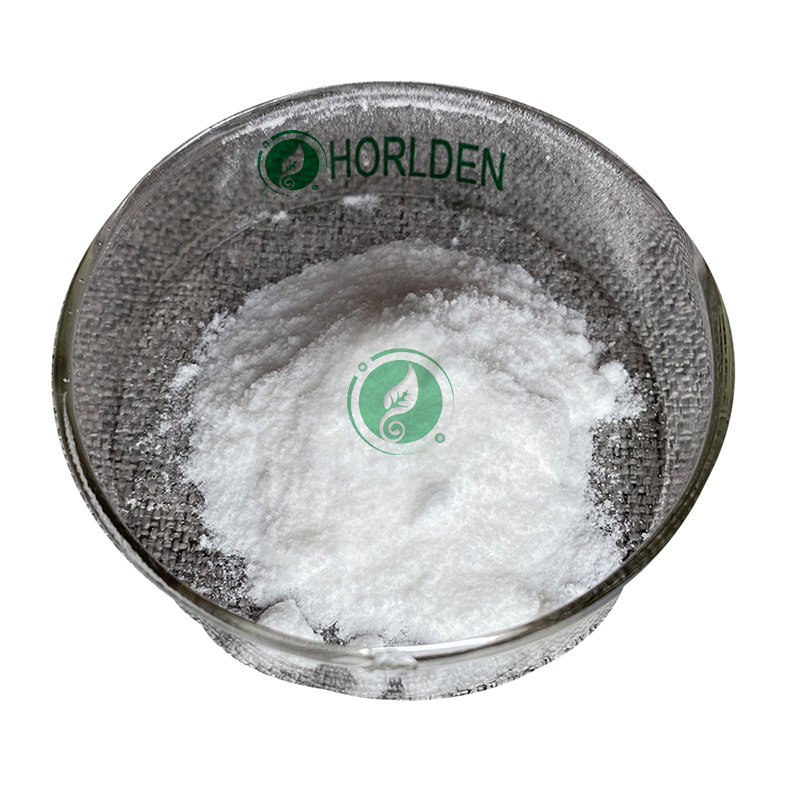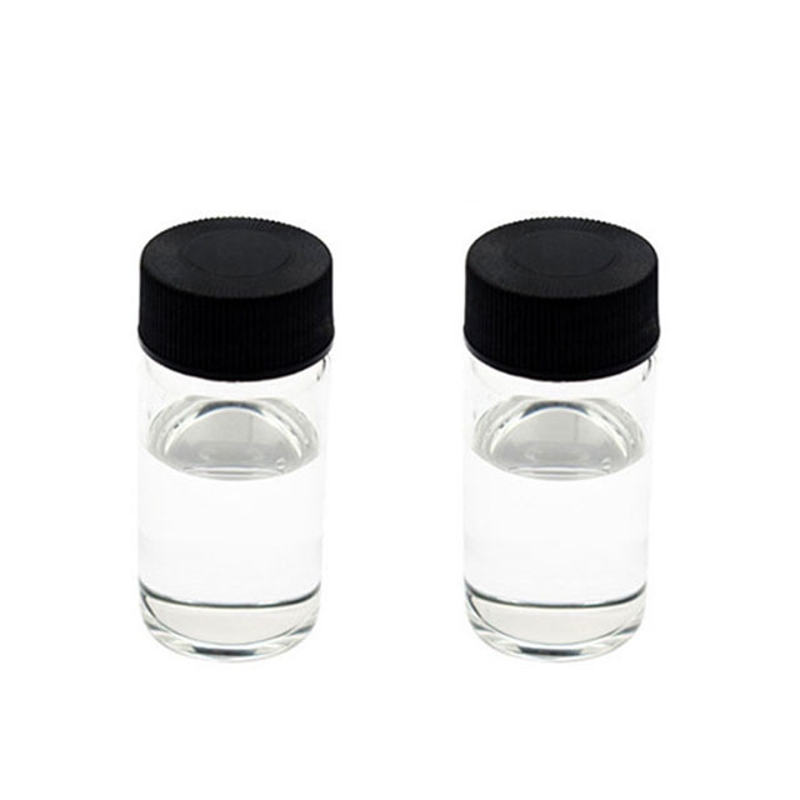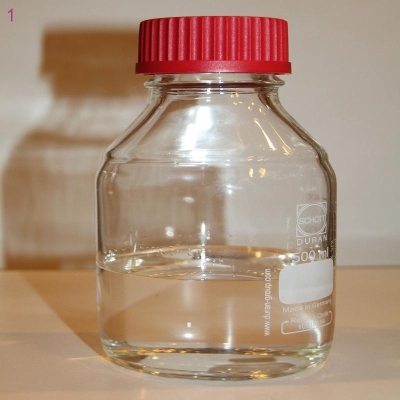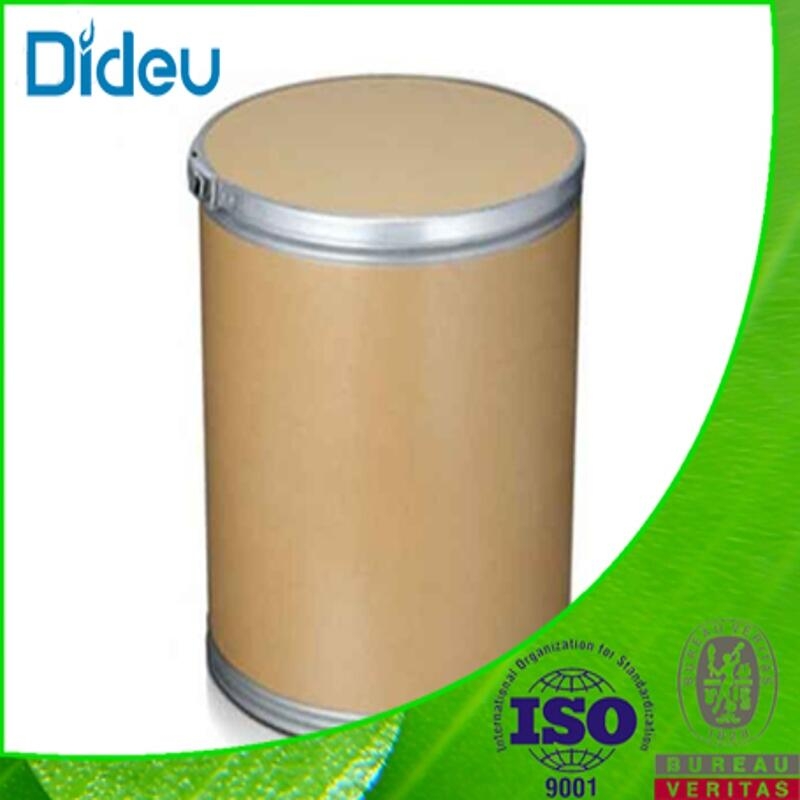Cosmetic Ingredient
- • Abrasive (124)
- • Absorbent (84)
- • Anticaking (66)
- • Anticorrosive (25)
- • Antifoaming (19)
- • Antimicrobials (290)
- • Antioxidant Ingredient (393)
- • Antiperspirant (20)
- • Antiplaque (48)
- • Anti-seborrheic (38)
- • Anti-sebum (39)
- • Antistatic (458)
- • Astringent (162)
- • Binding Agent (172)
- • Bleaching Agent (53)
- • Buffering (191)
- • Bulking (109)
- • Chelating (122)
- • Cleansing (679)
- • Cosmetic Colorant (212)
- • Cosmetic Preservative (158)
- • Denaturant (45)
- • Deodorant (98)
- • Depilatory (27)
- • Dissolving Agent (298)
- • Emollient (795)
- • Emulsifying Agent (480)
- • Emulsion Stabilising (154)
- • Exfoliating (19)
- • Film Forming (299)
- • Flavouring (72)
- • Foam Boosting (161)
- • Foaming (101)
- • Fragrance Ingredient (726)
- • Gel Forming (19)
- • Hair Conditioning (670)
- • Hair Dyeing (363)
- • Hair Fixing (36)
- • Hair Waving or Straightening (45)
- • Humectant (282)
- • Hydrotrope (92)
- • Keratolytic (20)
- • Light Stabilizer (80)
- • Moisturising Agent (50)
- • Nail Conditioning (42)
- • Occlusive (20)
- • Opacifying (119)
- • Oral Care (123)
- • Oxidising (19)
- • Perfuming (2105)
- • Plasticiser (98)
- • Propellant (19)
- • Reducing (50)
- • Refatting (12)
- • Refreshing (26)
- • Skin Cleansing (388)
- • Skin Conditioning (1751)
- • Skin Humectant (21)
- • Skin Protecting (282)
- • Smoothing (31)
- • Soothing (71)
- • Tonics (155)
- • UV Filter (34)
- • Viscosity Controlling (532)
Chemicals as Skincare Ingredients
Related News
-
Pfizer China Oncology Division Restructures Amid Executive Changes
2025-03-19 -
Price Surge Alert as Major Suppliers Increase Barium Sulfate Costs by 200 Yuan per Ton
2025-03-20 -
Shell Considers Partnering with the U.S. and Closing European Chemical Assets
2025-03-26 -
Quaker Houghton Acquires Dipsol Chemicals, Strengthening Advanced Solutions Portfolio
2025-03-27 -
AstraZeneca to Invest $2.5 Billion to Establish Global Drug R&D Center in Beijing
2025-03-25 -
Saudi Aramco CEO: Invest in downstream projects in China's energy, chemical and other fields
2025-03-28
Emollient
Cholesterol
(57-88-5)2. Cholesterol is a major component of all biological membranes; ~25% of total brain lipid is Cholesterol. Cholesterol is the principal sterol of the higher animals. Cholesterol was found in all body tissues, especial in the brain, spinal cord, and in animal fats or oils. Cholesterol is the main constituent of gallstones.
3. Cholesterol be used as pharmaceutical intermediates and be used as synthetic materials of liquid crystal polymers.
-
Cosmetics Grade / 95%
$120-125/KG FOB
-
Cosmetics Grade / 98%
$4800-5300/KG EXW
-
Cosmetics Grade / 99%
-
Pharmacy Grade / 99%
$1.75-2/KG FOB
Request for quotation , get quotes from more suppliers.
Tea extract
(84650-60-2)-
Cosmetics Grade / 99%
-
- / 40%
-
Food Grade / 99%
-
Food Grade / 99%
Request for quotation , get quotes from more suppliers.
Poly(dimethylsiloxane)
(9016-00-6)-
Chemical Grade / 99%
-
-
- / 0.00%
-
Pharmacy Grade / 99%
Request for quotation , get quotes from more suppliers.
PROPOLIS
(9009-62-5)-
![PROPOLIS buy PROPOLIS]()
Industrial Grade / 99%
-
![PROPOLIS buy PROPOLIS]()
-
![PROPOLIS buy PROPOLIS]()
Industrial Grade / 99%
-
![Brazilian green propolis extract buy Brazilian green propolis extract]()
Request for quotation , get quotes from more suppliers.
Methyl benzoate
(93-58-3)-
Industrial Grade / 99%
-
pharmaceutical intermediates / 98%
$1/MT FOB
-
Industrial Grade / 99%
$1/KG EXW
-
Pharmacy Grade / 98%
$3220-3650/MT FOB
Request for quotation , get quotes from more suppliers.
Grape, red, ext.
(84929-27-1)-
Cosmetics Grade / 99%
-
Food Grade, Cosmetic Grade / 99.9%
-
Cosmetic/Food/Pharmaceutical Grade / 0.00%
-
pharmaceutical grade/food grade / 98%
Request for quotation , get quotes from more suppliers.
Lanolin
(8006-54-0)-
Cosmetics Grade / 99%
-
Cosmetics Grade,Pharmaceutical grade / 99%
-
Cosmetics Grade / 99%
-
Cosmetics Grade / -
Palmitic acid
(57-10-3)-
Cosmetics Grade / 99%
$6700-7500/MT FOB
-
Industrial grade / 99%
-
Industrial Grade / 99%
$1/KG FOB
-
Request for quotation , get quotes from more suppliers.
Lanolin
(8038-43-5)-
![LANOLIN buy LANOLIN]()
Industrial Grade / 98%
-
![Lanolin buy Lanolin]()
-
![Lantrol buy Lantrol]()
Industrial Grade or Medical grade / 99%
Guanosine monophosphate
(85-32-5)-
- / 99.00%
-
Pharmacy Grade / 99%
-
![5'-Guanylic acid buy 5'-Guanylic acid]()
Industrial Grade / 99%
-
![5'-Guanylic acid buy 5'-Guanylic acid]()
Request for quotation , get quotes from more suppliers.













































